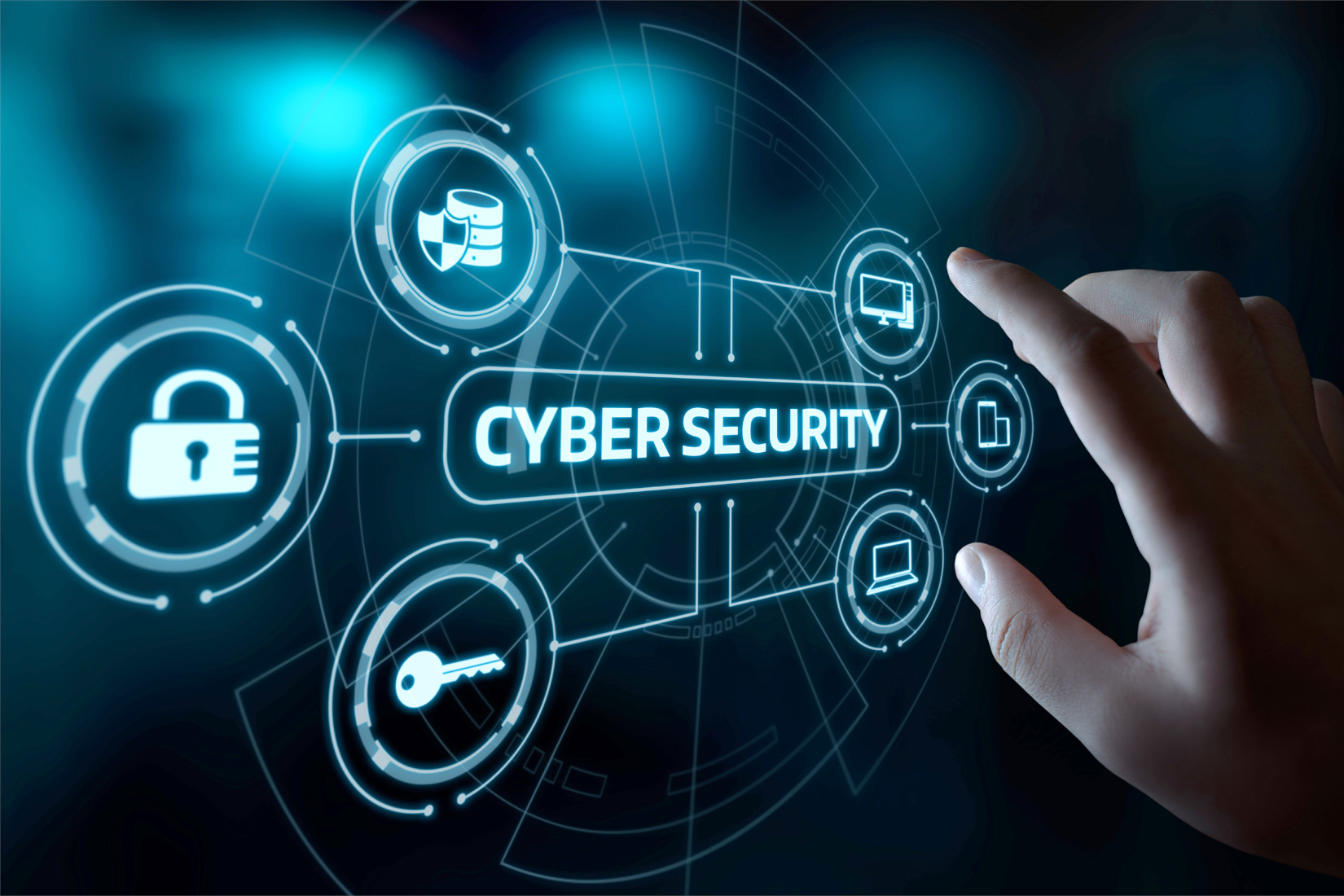In an increasingly interconnected world, critical infrastructure plays a pivotal role in sustaining modern societies. From power grids and water supplies to transportation networks and financial systems, these infrastructures are the backbone of our daily lives. However, as technology advances, so do the threats posed by cyberattacks, presenting significant challenges to the security and stability of these vital systems.
Cyber threats to critical infrastructure are diverse and evolving, ranging from ransomware attacks and data breaches to sabotage and espionage. The consequences of such attacks can be devastating, potentially disrupting essential services, causing economic losses, and even endangering lives. Therefore, understanding these threats and implementing robust cybersecurity measures are imperative to safeguarding our way of life.
One of the primary concerns in securing critical infrastructure is the increasing sophistication of cyberattacks. Hackers and malicious actors continuously devise new techniques to exploit vulnerabilities in interconnected systems. For instance, ransomware attacks, where hackers encrypt data and demand payment for its release, have become increasingly prevalent and can paralyze entire operations within critical infrastructure sectors.
Moreover, the interconnected nature of critical infrastructure poses a systemic risk. A breach in one sector can have cascading effects, disrupting interconnected systems and amplifying the impact of the attack. For example, a cyberattack targeting a power grid could disrupt not only electricity supply but also transportation networks and communication systems, leading to widespread chaos.
Furthermore, the emergence of the Internet of Things (IoT) introduces additional vulnerabilities to critical infrastructure. While IoT devices offer unprecedented convenience and efficiency, they also present new entry points for cyber threats. These devices often lack robust security features, making them susceptible to exploitation by cybercriminals.
In addition to external threats, insider threats within organizations operating critical infrastructure are also a significant concern. Malicious insiders or negligent employees can inadvertently compromise sensitive systems or deliberately engage in malicious activities. Therefore, implementing stringent access controls, conducting thorough background checks, and fostering a culture of cybersecurity awareness are essential to mitigate insider threats.
Addressing cyber threats to critical infrastructure requires a multi-faceted approach involving collaboration between government agencies, private sector organizations, and cybersecurity experts. Governments play a crucial role in setting regulatory frameworks and providing resources to enhance cybersecurity capabilities. Additionally, information sharing and collaboration between public and private entities are vital for identifying and responding to emerging threats effectively.
Furthermore, investing in advanced cybersecurity technologies and adopting best practices in risk management and incident response are essential for protecting critical infrastructure. This includes implementing robust encryption protocols, regularly updating software and systems, and conducting comprehensive security audits and assessments.
Moreover, fostering a culture of cybersecurity awareness and education is paramount. Employees at all levels of an organization must be trained to recognize and respond to potential cyber threats effectively. Regular cybersecurity training sessions, simulated cyberattack drills, and clear protocols for reporting suspicious activities can significantly enhance an organization’s resilience against cyber threats.
In conclusion, the protection of critical infrastructure from cyber threats is a complex and ongoing challenge. As our reliance on technology continues to grow, so too must our vigilance in safeguarding these vital systems. By understanding the evolving nature of cyber threats, implementing robust cybersecurity measures, and fostering collaboration between stakeholders, we can mitigate the risks and ensure the resilience of our critical infrastructure in the face of cyber threats.
For more information on how we can help please reach out to us.








